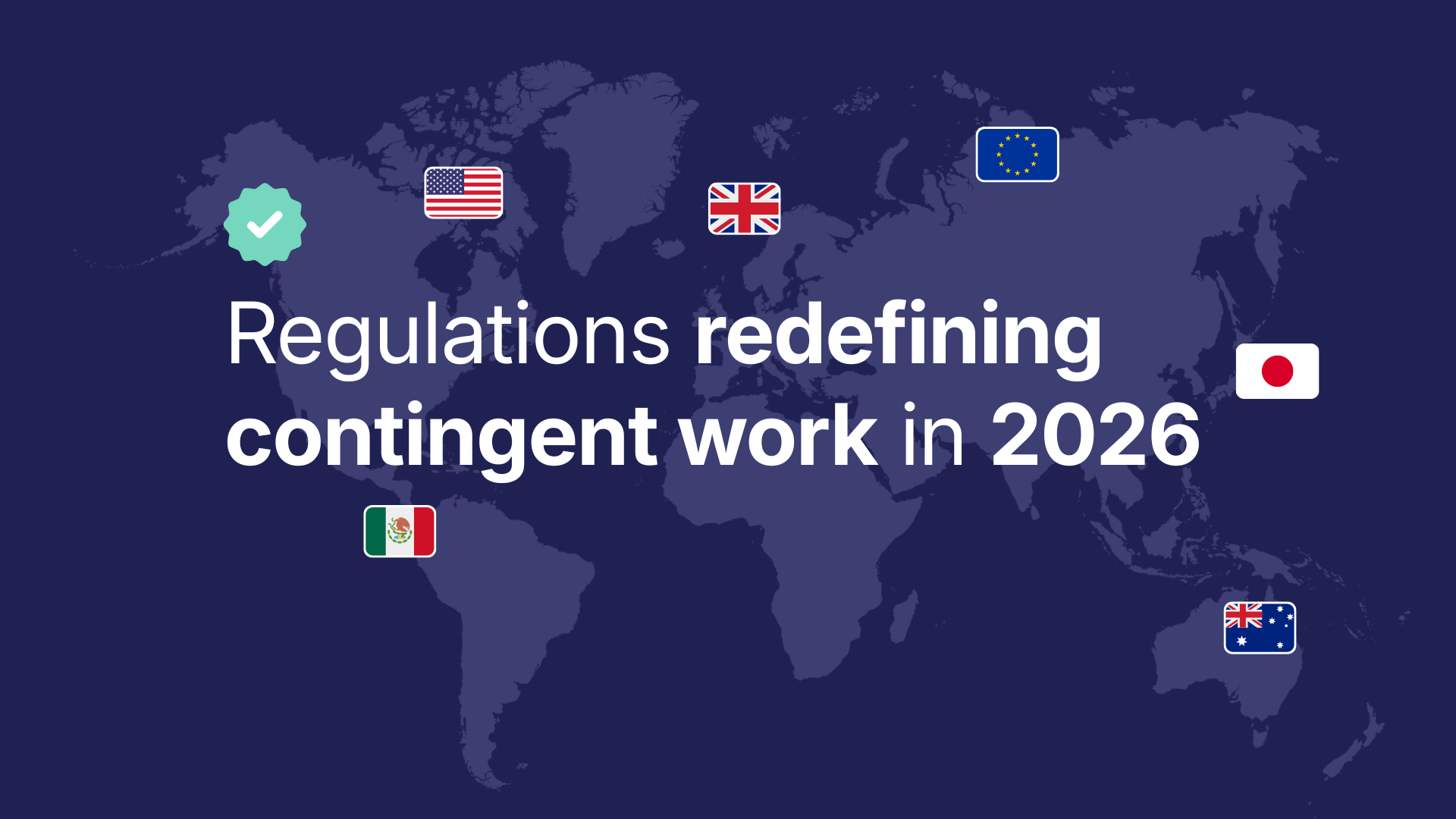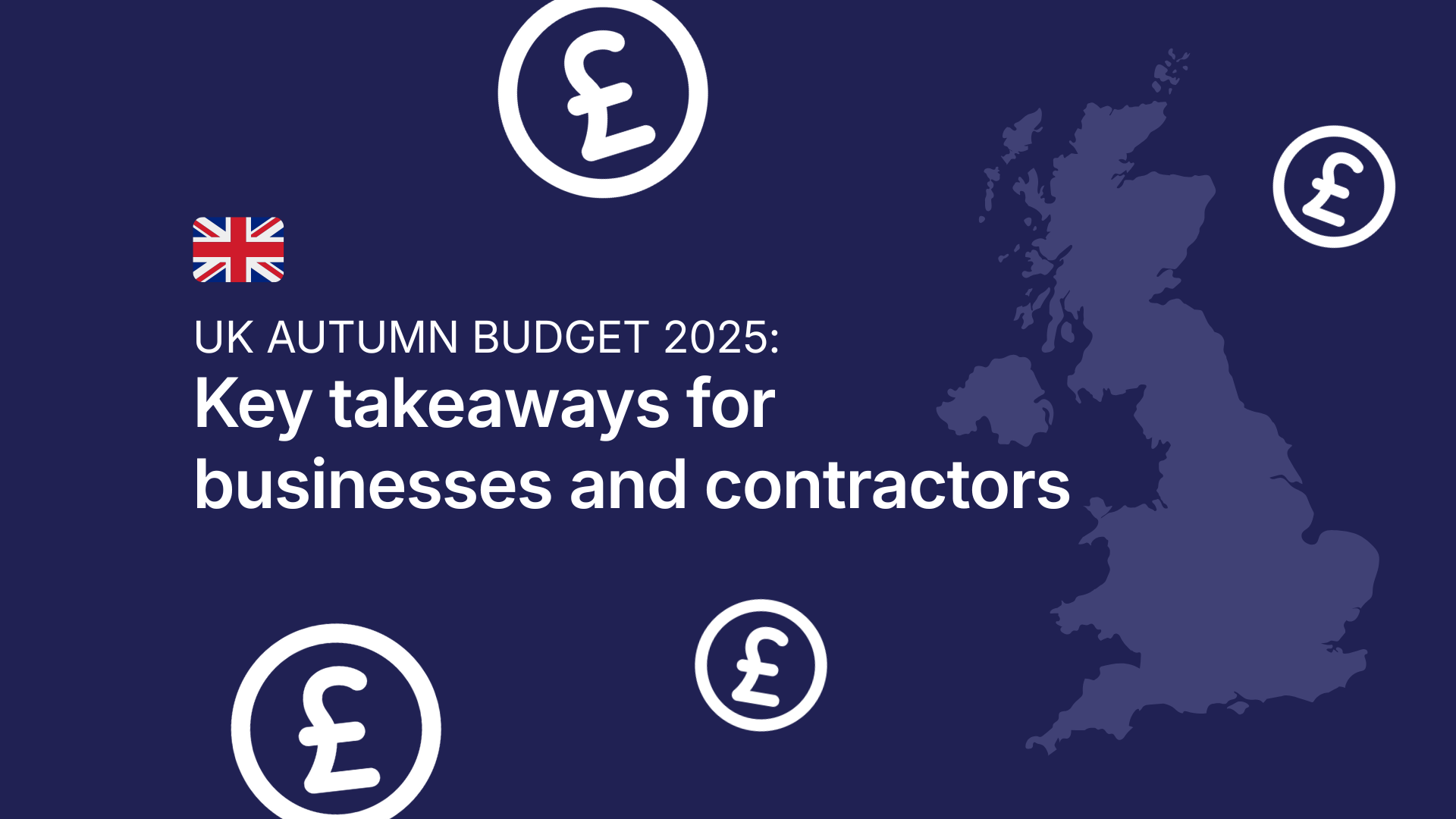A project brief is a document that outlines all the aspects of a project. A good brief is a must for any successful project, and it helps you get started on time, do things right, and stay on track. It also ensures you don't miss anything important and don't pay more.
When hiring a freelancer, you want to know exactly what you're getting into. An effective project brief will let you know your responsibilities, how long the project will take, and how much it will pay. Here are some tips on how to write an effective project brief:
Set the scene
Start by setting the scene for your project. What point are you trying to make? Why does it matter? What do you want readers to take away from reading this? Use precise language and make sure that it sounds professional and engaging. Remember that not everyone knows who you are or your brand, so try not to get too technical. When writing a project brief, it is essential that you set the scene so that the freelancer knows what they are getting themselves into. You explain the project, who you want to work with and why. You can use bullet points or numbered lists to help keep the information clear and concise. The more information you give them upfront, the more likely they will understand what you need from them.
Tell them what you want
This is an essential step because it tells the freelancer what they are expected to do. When a project brief is written poorly, freelancers are often confused about what they should do. The result is that they either ask too many questions or don't ask any at all. Neither option makes for a smooth process and could delay the project's timeline. It's also important to be clear about what you expect from the freelancer, so there aren't any misunderstandings or questions about what you want them to do. Remember, working with a freelancer can save you time, money, and headaches which is why it’s crucial to make things as easy as possible from the start.
Paint a vivid picture of your ideal customer
A practical project brief paints a vivid picture of your ideal customer. This will help them understand what they'll be working on and whether they're qualified. If you need someone with experience with medical-related content, then include this information in your brief so that only people with relevant skills apply.
Make sure you’ve got all bases covered
When writing a project brief, the more information you provide, the better. If anything is unclear or missing, your freelancer may have to contact you for clarification. Ensure all bases are covered in your project brief to avoid this problem. Here are some things that should be included:
- The purpose of the project (i.e., why do you need this work done, what problem are you trying to solve?)
- Who will be using the deliverable (i.e., what kind of people will be reading/using it)
- How they will use it (i.e., how will they interact with it)
- What format they’re expecting (i.e., PDF, Word document, .MOV, .EPS, ZIP file of creative assets)
- When you want it completed by (i.e., deadline)
- What style guide(s) or other reference materials should be used in preparing the piece
Add relevant context
This isn't necessary if you are writing a brief for an employee. However, if you are hiring a freelancer, it is essential to explain why this project exists in the first place. If you don’t explain the goal and how it will be achieved, you will have no way of measuring success or failure when evaluating the freelancer’s work.
Bring in project objectives and success metrics
The objectives should be clear and measurable, while the success metrics should be quantifiable. For example: “We want to increase our conversion rate on our homepage from 5% to 7% over the next three months by improving its design and copy.” The project's objective is to get your freelancer to do something specific. The more specific you can be about what you want done, the better. What will make this project successful? You may want to include the number of sales, conversion rates, cost per lead, etc.
Timeline
When do you need this done? Be as specific as possible. Put it in your project brief if you know exactly when you need something. If not, give a general timeline (e.g., “within two weeks”) so that your freelancer has time to complete their work and how long a project may take. Also, outline whether there is any flexibility on deliverables and whether this can become a recurring opportunity.
Budget
How much are you willing to spend on this project? This is essential information for both parties; it lets your freelancer know how much they can charge and what budget they have to work with. Also, it lets them know if they need to find ways to cut costs or make the project more affordable (for example, by using fewer resources or being able to negotiate with suppliers).
Spotlight your target audience
When writing a project brief, you should highlight who your target audience is. You may think this is obvious, but ensuring everyone on the team knows who they're working for is essential. It's easy for people to get distracted or lose focus if they don't know their end goal. The brief can help by precisely outlining who you're selling to or providing services to. You should also include any demographic information or other relevant details about your clientele or customer base that might help educate others on how best to serve them.
Is there anything else the freelancer should be made aware of? Location, do they need their own equipment? Adding things like restaurants in the area, good things going on, or events can really help make you more attractive to the community. These small details can help make or break it for a freelancer.
Remember, although your brief should be as detailed as possible to give the freelancer a good feel for the project, it should be concise and to the point. Too much detail could turn away great talent.







